Even if you ride a lot, here's why you shouldn't skip leg day at the gym
Think your legs get enough exercise? A little gym time can unlock big strength and performance gains.
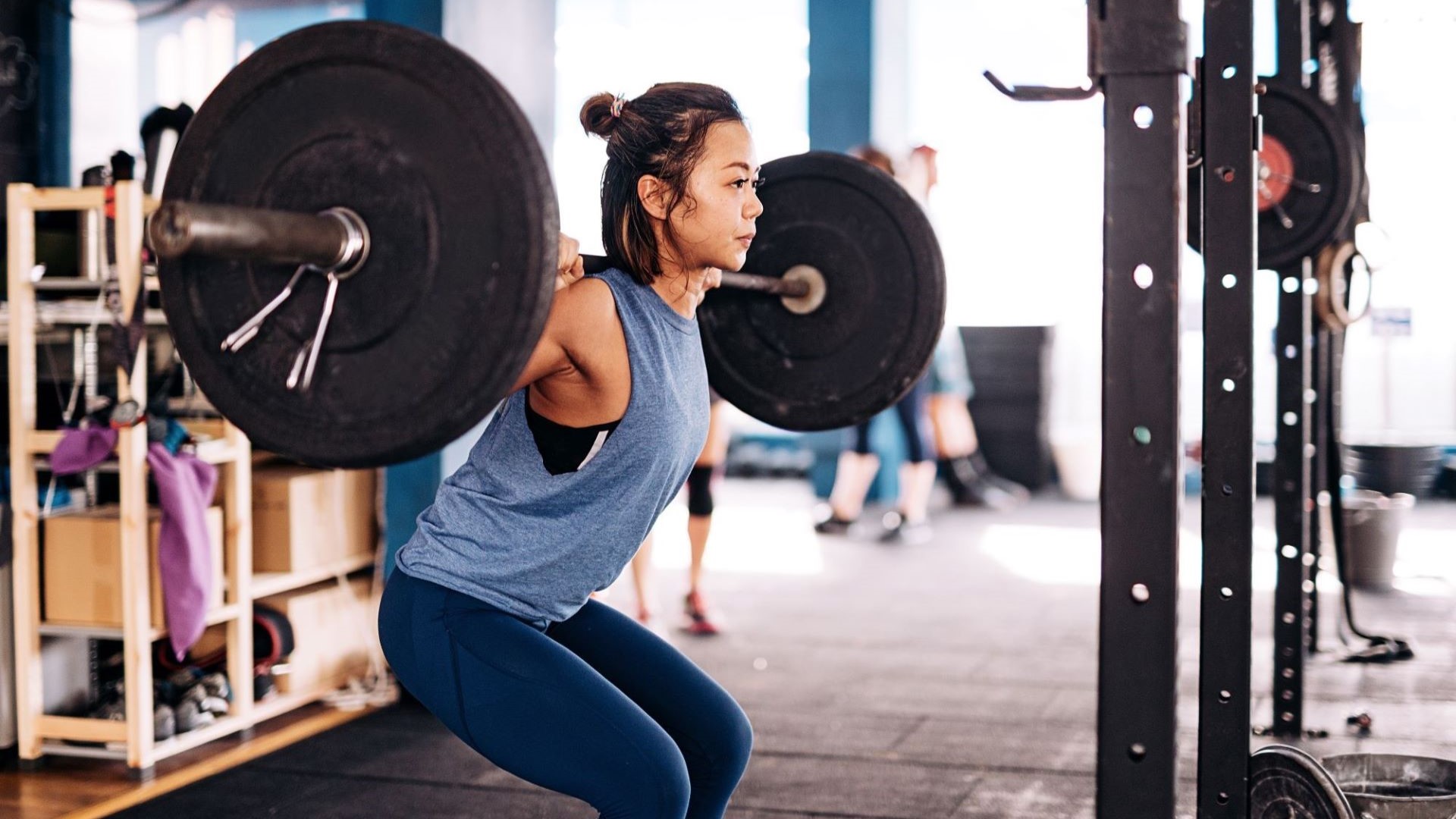
We get it—you're a cyclist. You log countless hours in the saddle, grinding up climbs and chasing faster times at the finish line. If you do make it into the gym, it’s for core workouts, stability drills or yoga. But skipping leg day might be the one thing holding you back from unlocking the performance gains you’ve been chasing.
Studies show that cyclists who perform strength training are able to generate significantly more power over a five-minute interval following three hours of pedalling—not unlike a race-winning attack by Mathieu van der Poel or Tadej Pogačar.
Of course, core-strengthening exercises and upper-body strengthening work are important, too. They allow you to maintain a powerful and efficient position, which can decrease fatigue in the neck, shoulders, arms and back. But here’s why you shouldn’t skip leg day.
Why hit the weights?
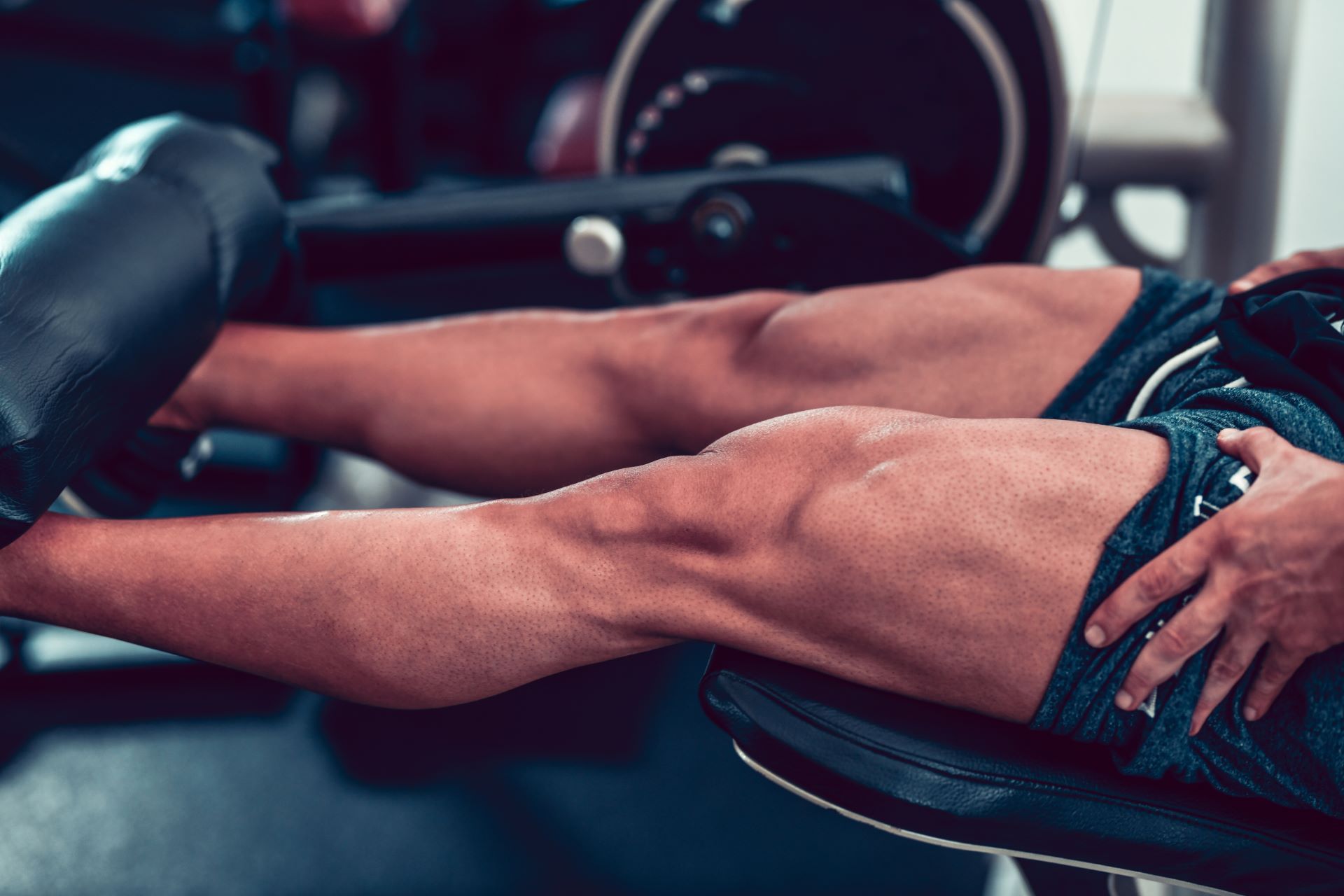
Improving leg strength can increase the force you are able to apply to the pedals, “and if you increase your ability to express force you will go further for every turn of the pedal. You will become more efficient without changing your physiology,” says strength and conditioning consultant Neil Lewis.
“Strength work can be used to reduce volume whilst still increasing your performance. Train smarter, not harder,” Lewis notes. “Do the minimum dose of training to get the stimulus for adaptation you need.”
Dr. Nicholas Goode, CSCS, of the Physical Activity Research Center at the University of Pittsburgh concurs. Goode says hitting the weights at the gym will “improve almost all aspects of your cycling performance.”
Goode’s rationale for lifting heavy weights—compared to overgeared, steep climbing with a low cadence—is that it will yield better results using lighter weights and performing many repetitions because the resistance work offers a different stimulus.
Get The Leadout Newsletter
The latest race content, interviews, features, reviews and expert buying guides, direct to your inbox!
“Weight lifting recruits the bigger type 2 fibres. If you lift a light weight a lot of reps, you will recruit them, eventually, but not until later in the set,” states Goode. “If you use heavier loads and fewer reps, you recruit them almost every repetition.”
Strength training for pedaling economy
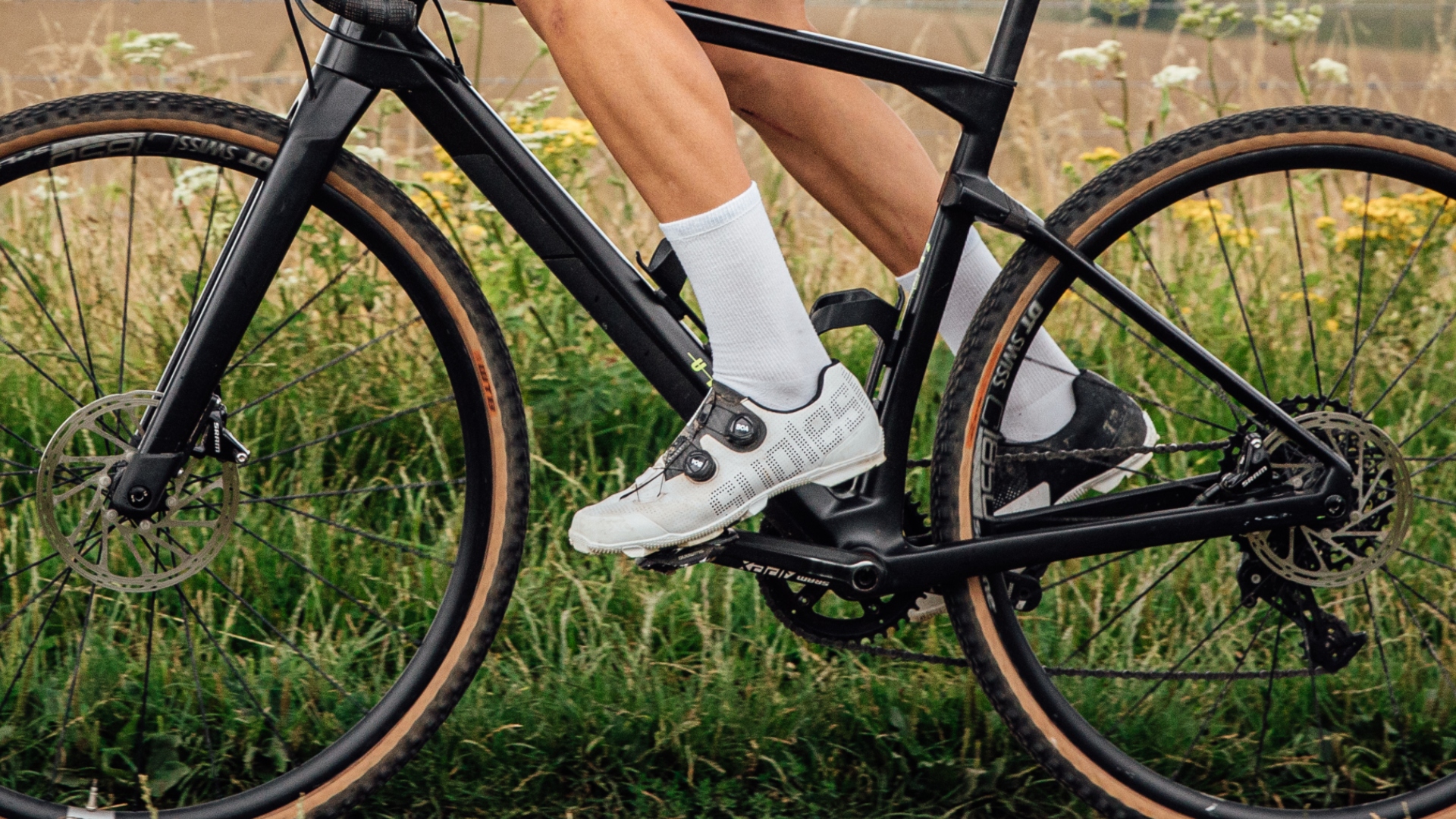
Another reason to perform leg-strengthening resistance training—lifting weights—is to improve your pedalling economy. Also called 'cycling economy', pedalling economy is a measure of how efficiently a cyclist can produce power on a bike.
While lifting weights won’t alter your VO2 max, getting stronger will improve your metabolic efficiency, which in turn improves economy. Goode says, “If it took 65 millilitres of oxygen to do 300 watts, now efficiency in that context would be like you're doing 320w at 65 ml of oxygen. You're putting out more power for the same cost.” While your numbers may not be as dramatically different as this example, you can make worthwhile improvements as a result of strength training.
Improved leg strength provides an improved economy over distance; a few additional centimetres per crank revolution over each kilometre ridden adds up quickly. Goode says that strength training allows you to start the maximum torque phase of each pedal stroke earlier, and stay on the power longer.
Goode compares the power phase to a clock face.
“Your max ability to affect the speed of the bike happens, say between two and four. What this [increased strength] is saying is, ‘Oh no – I'm positively affecting the bike earlier. So maybe I'm going from one to four o’clock. Now I've increased [my power phase] by 30 degrees,” Goode points out. “Your drive phase is longer, which means you're impacting the speed of the bike for a longer range of the pedal stroke.”
Another example of improving cycling economy is recruiting type 2 fibres much later in a time trial.
“You're not exhausting those high-burning [muscle] fibres as [early]... so you're being more efficient, so you can go faster at a lower cost,” says Goode. “So your absolute power output, even if it costs you the same amount of calories, is going up. And therefore, your time [in a] time trial goes down.”
Crunched on time? Skip the ride, not the gym time
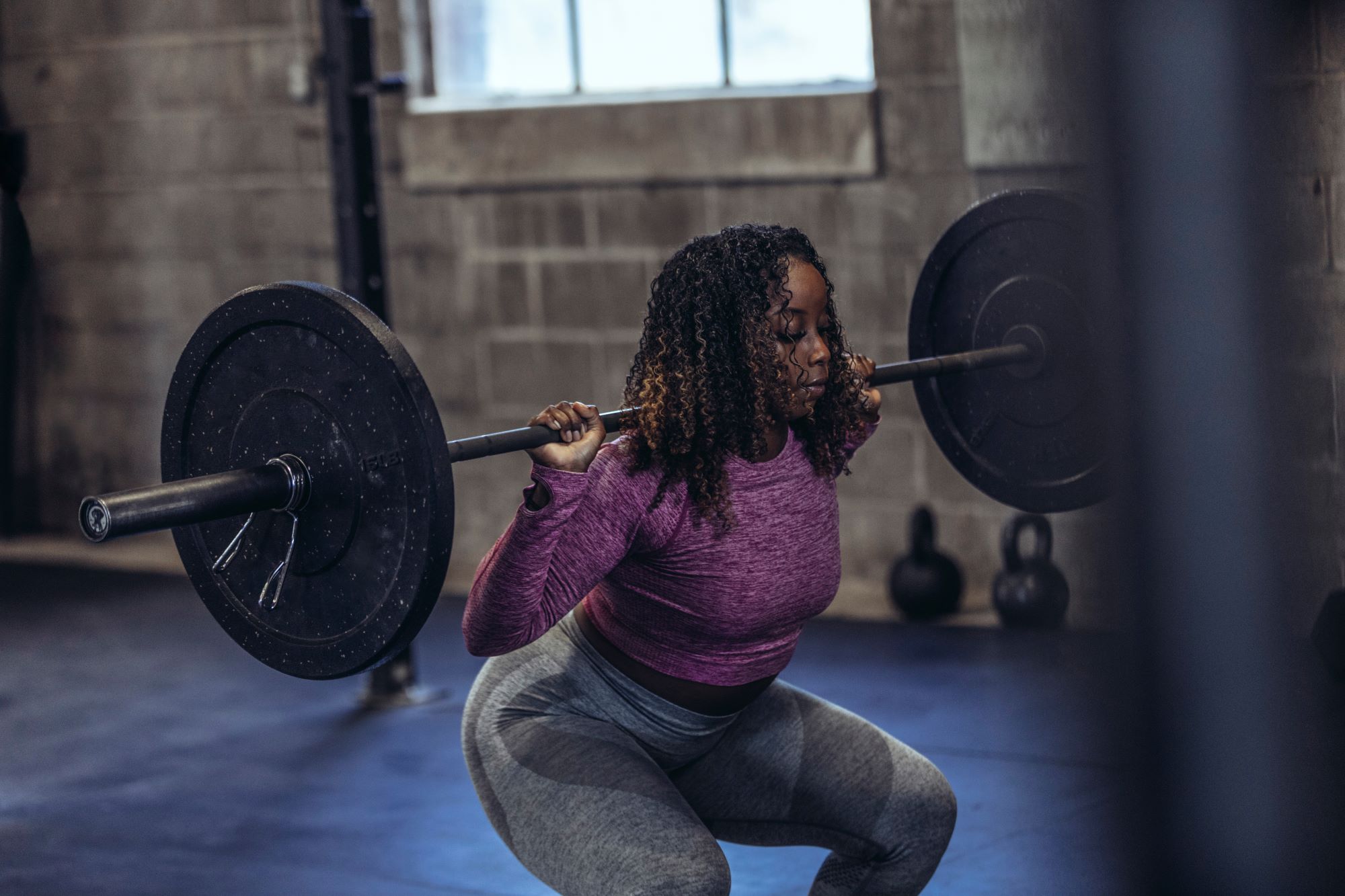
If you want to improve your cycling ability, the experts say hit the gym. Goode says doing weight work is “part of being a well-rounded athlete.” He also cautions not to swap a rest day with a strength session, as this will lead to overreaching and overtraining.
“If an athlete is training consistently five to seven times a week and they are asking if it would be better to do a gym session instead of say just an hour of zone 1-2 on the trainer, I think the athlete would be better served by adding in the gym time,” notes Goode.
If you’re pressed for time, you still don’t want to skip strength training sessions. For those who race, even doing one strength session per week while in season will have a positive impact.
“I would say 100 percent: The gym is essential out of season and would be the time I would be most inclined to sub some bike time for gym time,” Goode says. “In season, I would say you could take the gym back to once per week, depending on the racing schedule. If you have a mid-season block with no racing, then you could add [gym sessions] back in for two sessions per week for a short time.”
You don’t need to spend hours at the gym, several days a week to improve your cycling power. Cyclists and other endurance athletes have different needs, requiring different routines, for strength training sessions.
“The thing to remember is: We are not trying to make you a power/Olympic strength athlete. The goal of the gym is to provide a novel stimulus that you cannot find on the bike,” stresses Goode.
“Endurance athletes can get a solid strength workout in around 40 minutes if they are efficient with their plan and time,” says Goode. “If you pick 4-6 movements and do three sets of five to 12 reps, with two to five minutes of rest, on average, they are looking at around 10 minutes of working time and 35 - 40 minutes total.”
How to make meaningful strength gains
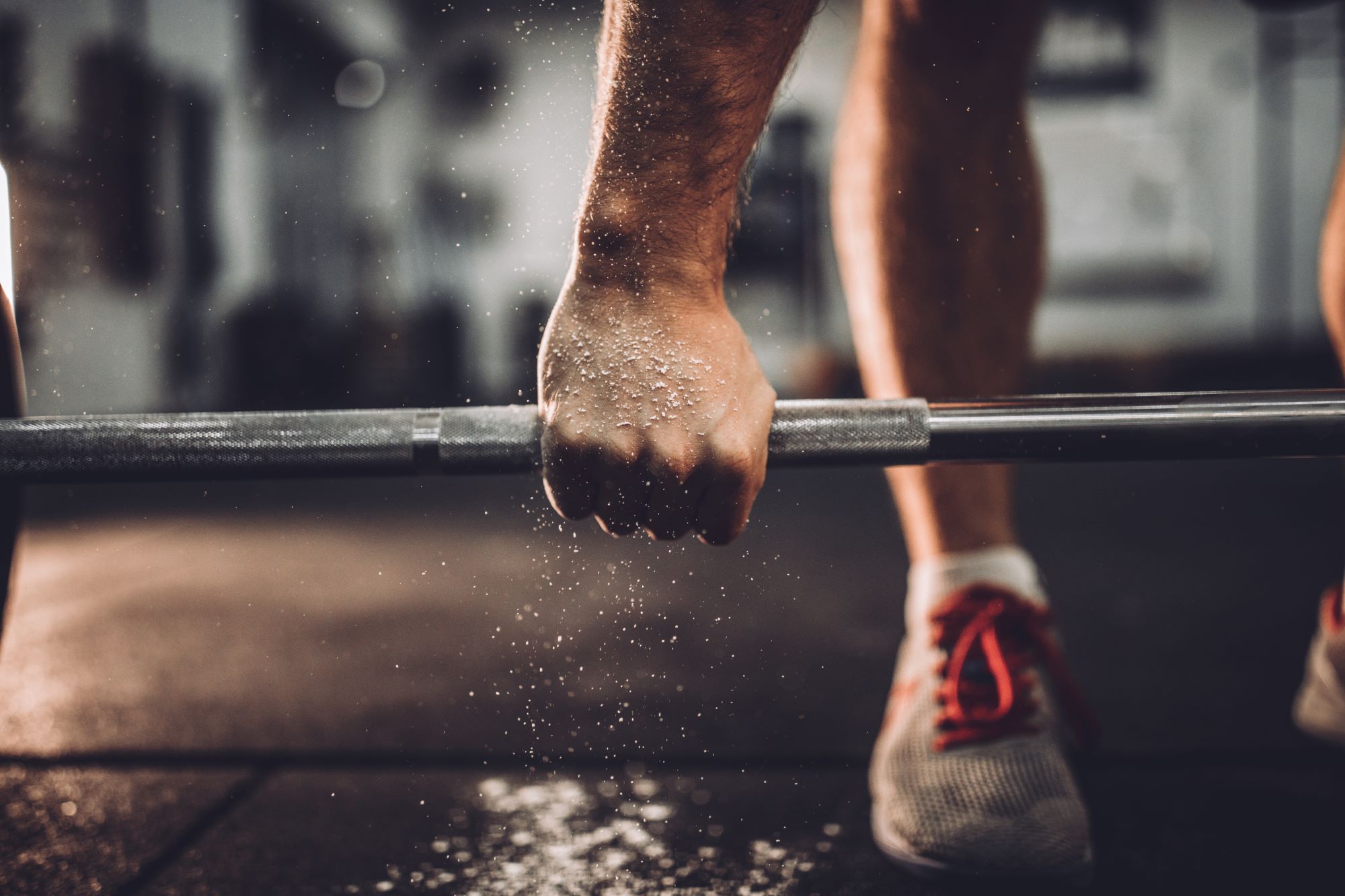
If you’re crunched for time, even completing two, short sessions per week in the gym will set you up for success on the bike. Some studies have suggested that women may benefit from training with heavy weights more than men when performing similar strength training programs. And, multiple sets of low-repetitions with relatively heavy weights for both men and women is recommended.
Goode notes a few, simple principles for cyclists doing strength training:
- Use relatively heavy weights
- Weight sessions don’t need to be high-volume
- There’s no need to lift to failure
- Motions should be performed in an explosive manner in the concentric phase (e.g., standing up from a squat position) and controlled/slowly in the eccentric (“lowering”) phase
Concerns about gaining mass—which could make climbing hills more challenging—as a result of sport-specific weight training should not be ignored. However, any additional lean-mass bodyweight will enable you to climb on the bike more efficiently.
“Lower reps and higher weight is better because it is making the muscle you [already] have stronger, and more effective, rather than creating extra muscle area—which can have some drawbacks for cyclists, when we are not talking about changing body composition,” notes Goode.
Through resistance training, improving the cycling economy by just five per cent may directly improve the distance travelled by a similar percentage at a given power and heart rate. You’ll go further with the same—or less—effort, all things being equal.

Thank you for reading 20 articles this month* Join now for unlimited access
Enjoy your first month for just £1 / $1 / €1
*Read 5 free articles per month without a subscription

Join now for unlimited access
Try first month for just £1 / $1 / €1
Greg has been on and around bikes since his early teens. He got his start when tubulars and freewheels were still a thing, while working at local bike shops, and dabbling in the Philadelphia racing scene. Greg still geeks-out on bikes, cycling gear, apparel, and accessories as much now, as when he first discovered the sport. Greg has been on staff at VeloNews and Bicycling, and also was a contributor at Active.com.
You must confirm your public display name before commenting
Please logout and then login again, you will then be prompted to enter your display name.
-
 Man hands himself in to Belgian police after throwing full water bottle at Mathieu van der Poel during Paris-Roubaix
Man hands himself in to Belgian police after throwing full water bottle at Mathieu van der Poel during Paris-Roubaix30-year-old was on Templeuve-en-Pévèle cobbled sector when television pictures showed the bottle hitting him in the face
By Tom Thewlis Published
-
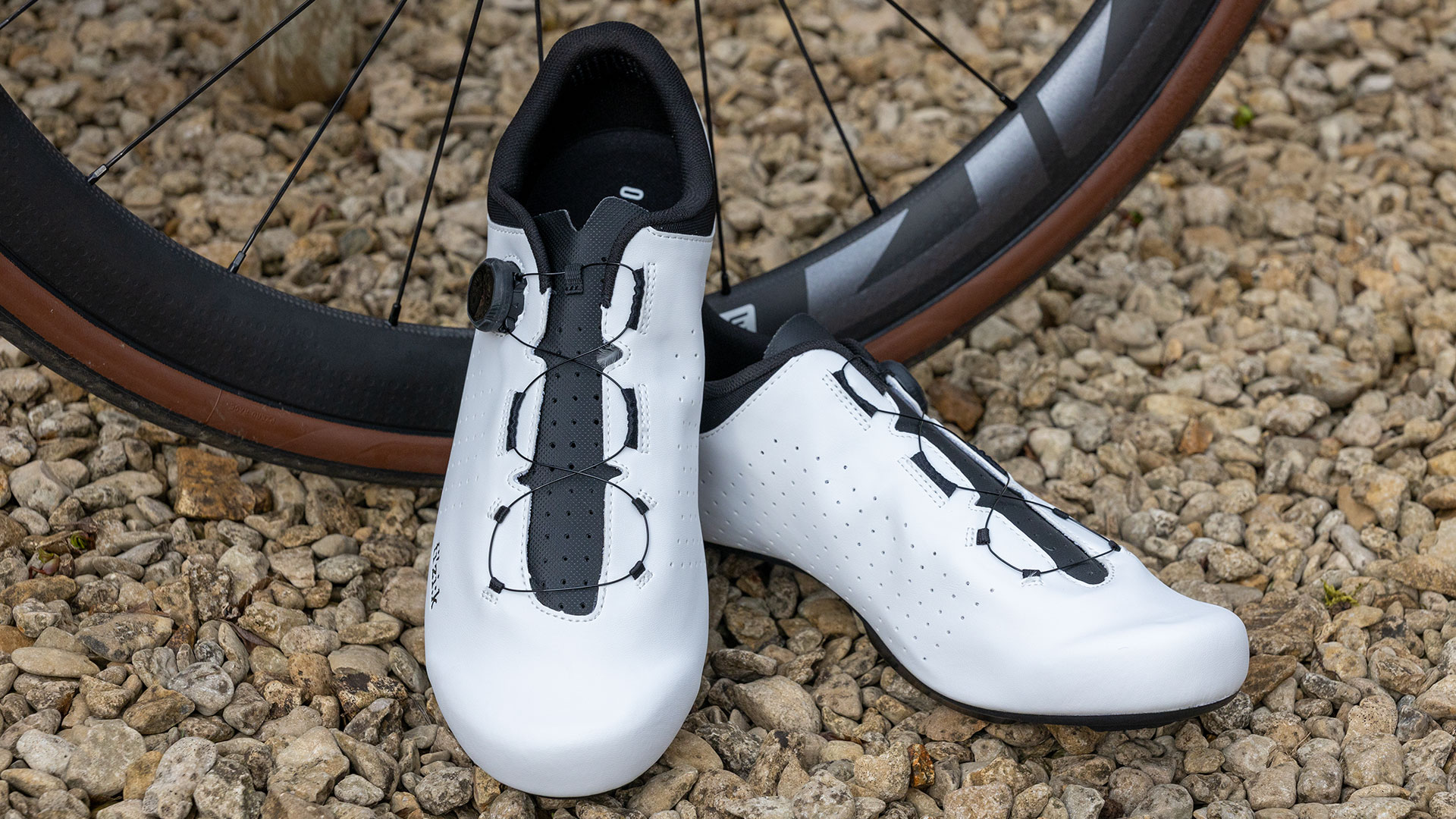 Fizik Vento Omna Wide shoe review: Yeti sneakers for those pedalling on a budget
Fizik Vento Omna Wide shoe review: Yeti sneakers for those pedalling on a budgetBroadly recommended for those of us with flipper feet
By Simon Fellows Published